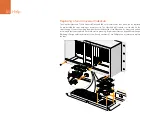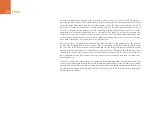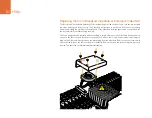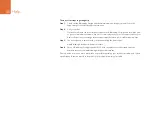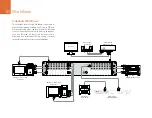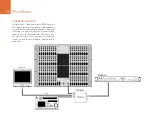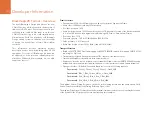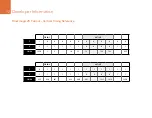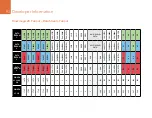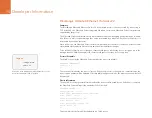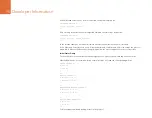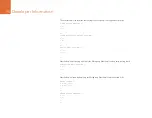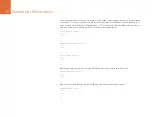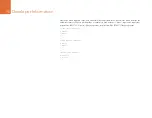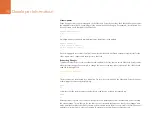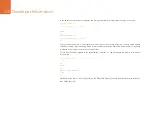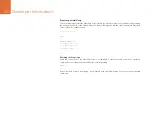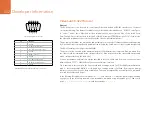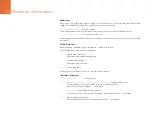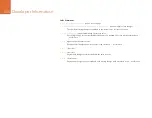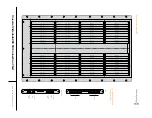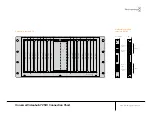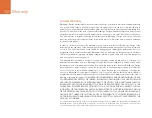
Developer Information
99
Status Updates
When any route, label, or lock is changed on the Videohub Server by any client, the Videohub Server resends
the applicable status block, containing only the items which have changed. For example, if serial port 6 has
been unlocked, the following block will be sent:
SERIAL PORT LOCKS:
↵
5 U
↵
↵
If multiple items are changed, multiple items may be present in the update:
OUTPUT LABELS:
↵
7 New output 8 label
↵
10 New output 11 label
↵
↵
If a card is plugged into or removed from the Universal Videohub, it will send hardware status blocks for the
video inputs, video outputs, and serial ports on that card.
Requesting Changes
To update a label, lock or route, the client should send a block of the same form the Videohub Server sends
when its status changes. For example, to change the route of output port 8 to input port 3, the client should
send the following block:
VIDEO OUTPUT ROUTING:
↵
7 2
↵
↵
The block must be terminated by a blank line. On receipt of a blank line, the Videohub Server will either
acknowledge the request by responding:
ACK
↵
↵
or indicate that the response was not understood or able to be actioned by responding:
NAK
↵
↵
After a positive response, the client should expect to see a status update from the Videohub Server showing
the status change. This is likely to be the same as the command that was sent, but if other changes were
made simultaneously by other clients, there may be more updates in the block, or more blocks. Simultaneous
updates could cancel each other out, leading to a response that is different to that expected.

